African Violet Repotting – How To Repot African Violets
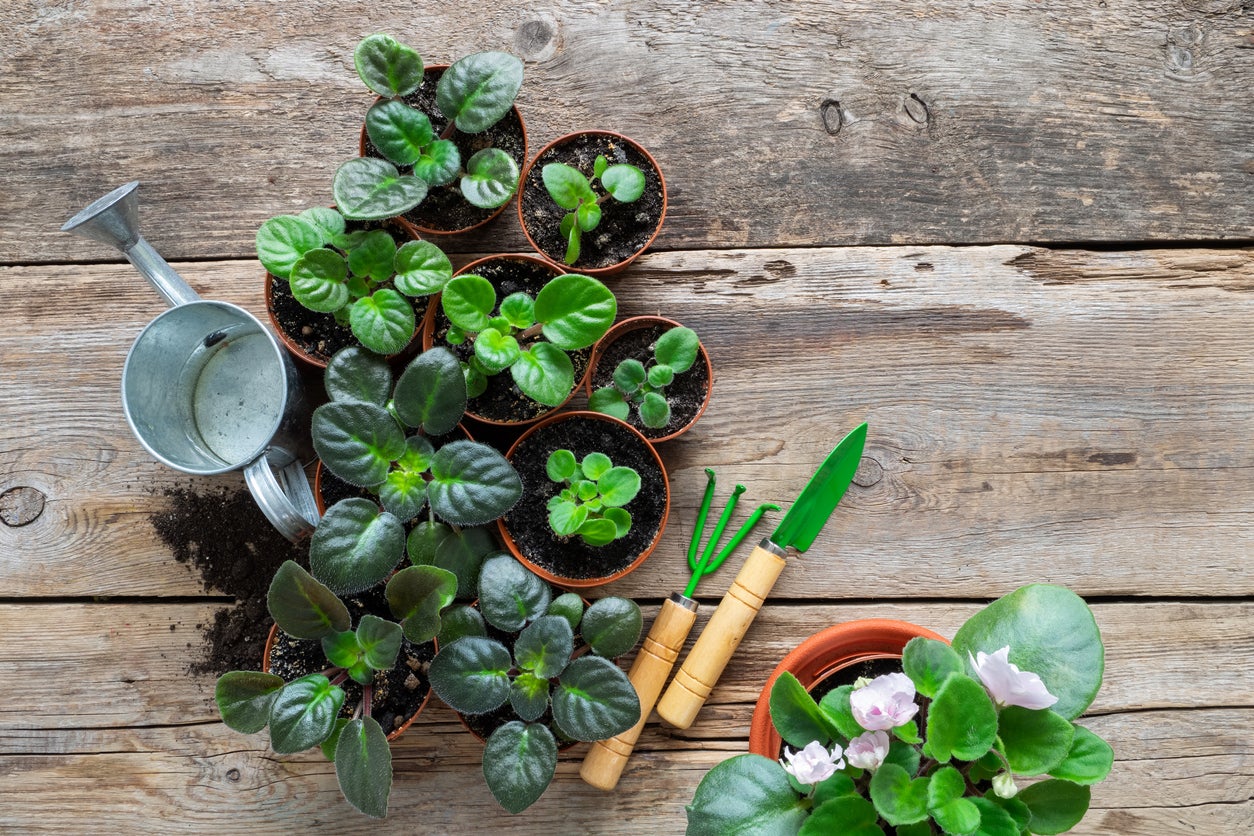

African violets can live a long time, as long as 50 years! To get them there, you need to provide good care which included repotting African violets. The trick is knowing when to repot an African violet and what soil and container size to use. We'll go over some of the tips on how to repot African violets for a successful transition for your plant.
When to Repot an African Violet
Most plants need repotting at some point to either increase the container size or to refresh the soil. There are several schools of thought on the right way to repot, but all agree you can buy or make your own African violet mix. Before removing your plant, select a container that is one third the size of the plant's leaf spread.
Most collectors recommend repotting at least once and up to twice per year. The timing is not terribly crucial since they are usually indoor plants, but to avoid transplant shock, it is wise to disturb the plant when it is not actively growing and producing flowers.
Tips on African Violet Repotting
Before repotting, water the plant well from under the leaves or put the container on a saucer of water for an hour. The moisture will help you remove the plant from its container. This is more important with clay or ceramic pots. You can skip this step with plastic containers that will bend a bit to help the root ball slide out.
The right soil is necessary for successfully repotting African violets. There are very good mixes to purchase that are specially blended for this species or make your own. For this, use 1 part each garden loam, sand and peat moss. Add a small amount of bone meal if you wish. Pre-moisten the soil lightly before planting.
Be careful when removing the plant from its old housing. You may need to loosen the soil a bit and then turn the plant over, cradling it in your hand gently and push into the drainage holes. The plant should come right out but, if necessary, cut around the container with a knife.
How to Repot African Violets
There are various instructions on the next step. Some say to cut a bit of the root mass off the bottom and spread the roots gently. This is useful if the neck of the plant is elongating.
Gardening tips, videos, info and more delivered right to your inbox!
Sign up for the Gardening Know How newsletter today and receive a free copy of our e-book "How to Grow Delicious Tomatoes".
Others say separate the plant into smaller plantlets, but this would only refer to older plants. Still others feel that the root ball should not be disturbed and, instead, nestled into a hole made in the new container and backfilled around.
The leaves of the plant should be lightly resting on the rim of the container. To reduce transplant shock, bag the container and plant. The increased humidity helps the plant recover. Remove the bag after one week and continue the plant’s usual care.

Bonnie Grant is a professional landscaper with a Certification in Urban Gardening. She has been gardening and writing for 15 years. A former professional chef, she has a passion for edible landscaping.
-
 Looking For Plants To Give You The Soft And Fuzzies? Try These 5 Fuzzy Leaf Plant Options
Looking For Plants To Give You The Soft And Fuzzies? Try These 5 Fuzzy Leaf Plant OptionsLovers of texture, drama, silver foliage and tactile plants will adore these special sensory garden additions. These fuzzy leaf plant options will leave you all aglow
By Susan Albert
-
 Get Ready For A Summer Of Hummers! Grow These Full Sun Hummingbird Plants and Flowers
Get Ready For A Summer Of Hummers! Grow These Full Sun Hummingbird Plants and FlowersIf you’re lucky enough to enjoy a sunny backyard, make sure you are maxing out on your pollinator opportunities and grow these full sun hummingbird plants and flowers
By Tonya Barnett
-
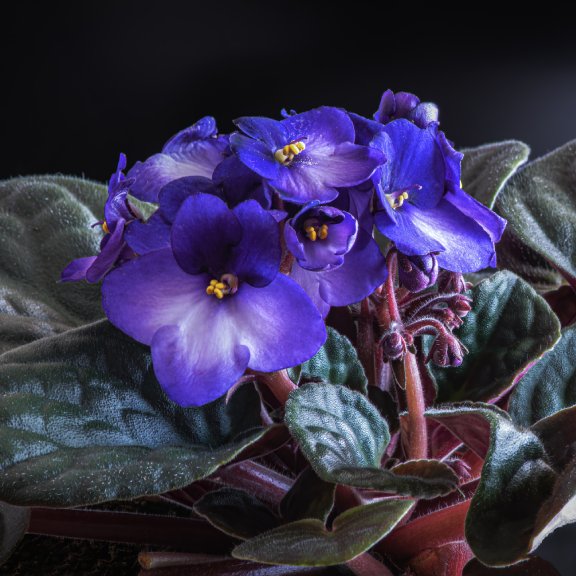 African Violets: Complete Care And Growing Guide
African Violets: Complete Care And Growing GuideFor people who love these sweet plants, African violet care is easy and fun. Knowing what they need is the key.
By Mary Ellen Ellis
-
 What Are Episcia Plants – Learn About Caring For Episcia Varieties
What Are Episcia Plants – Learn About Caring For Episcia VarietiesGrowing Episcia plants adds eye catching appeal to household décor. These colorful houseplants can test the hand of the most experienced green thumb.
By Laura Miller
-
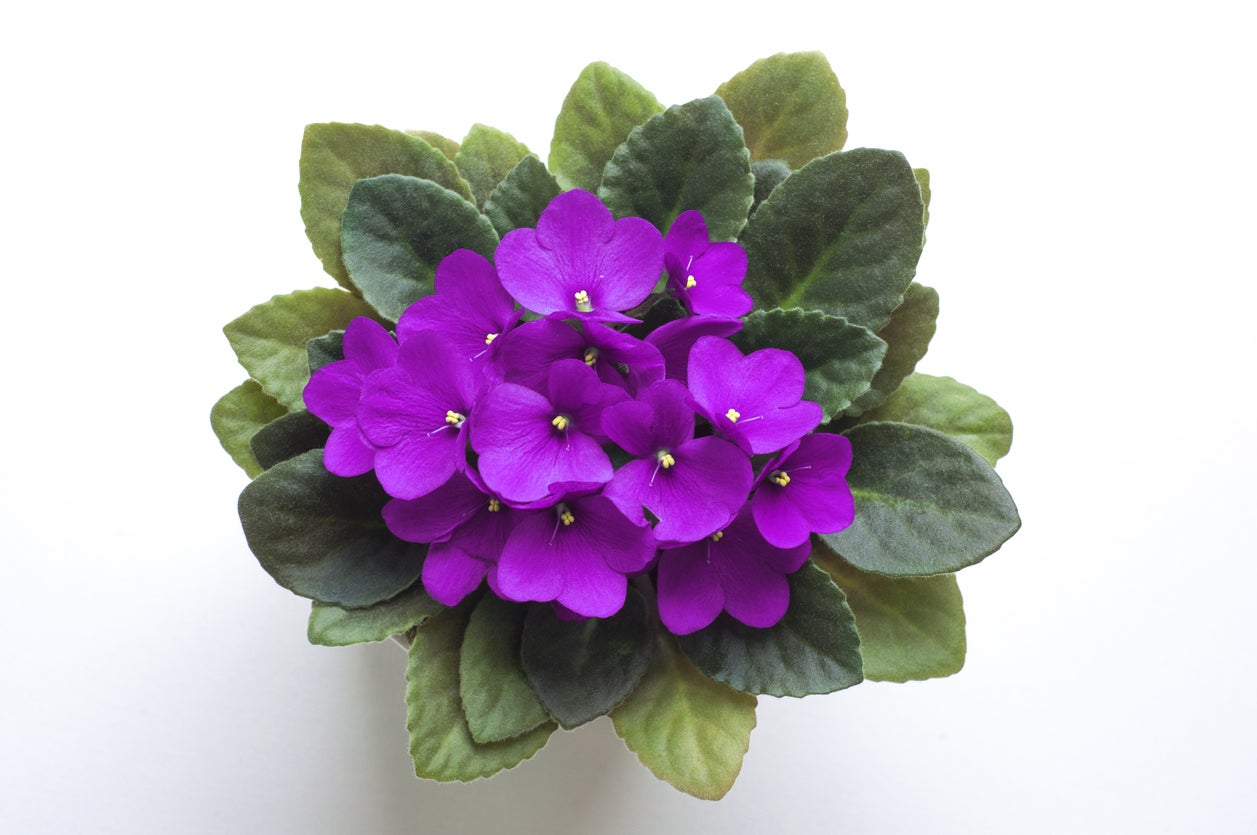 African Violet Flowering Needs: Tips For Getting African Violets To Bloom
African Violet Flowering Needs: Tips For Getting African Violets To BloomMost African violets are sold when flowering. After that, people can have trouble getting them to bloom. What should you do if your African violate won’t flower? Click here for info on African violet flowering needs and tips on how to make African violets bloom again.
By Teo Spengler
-
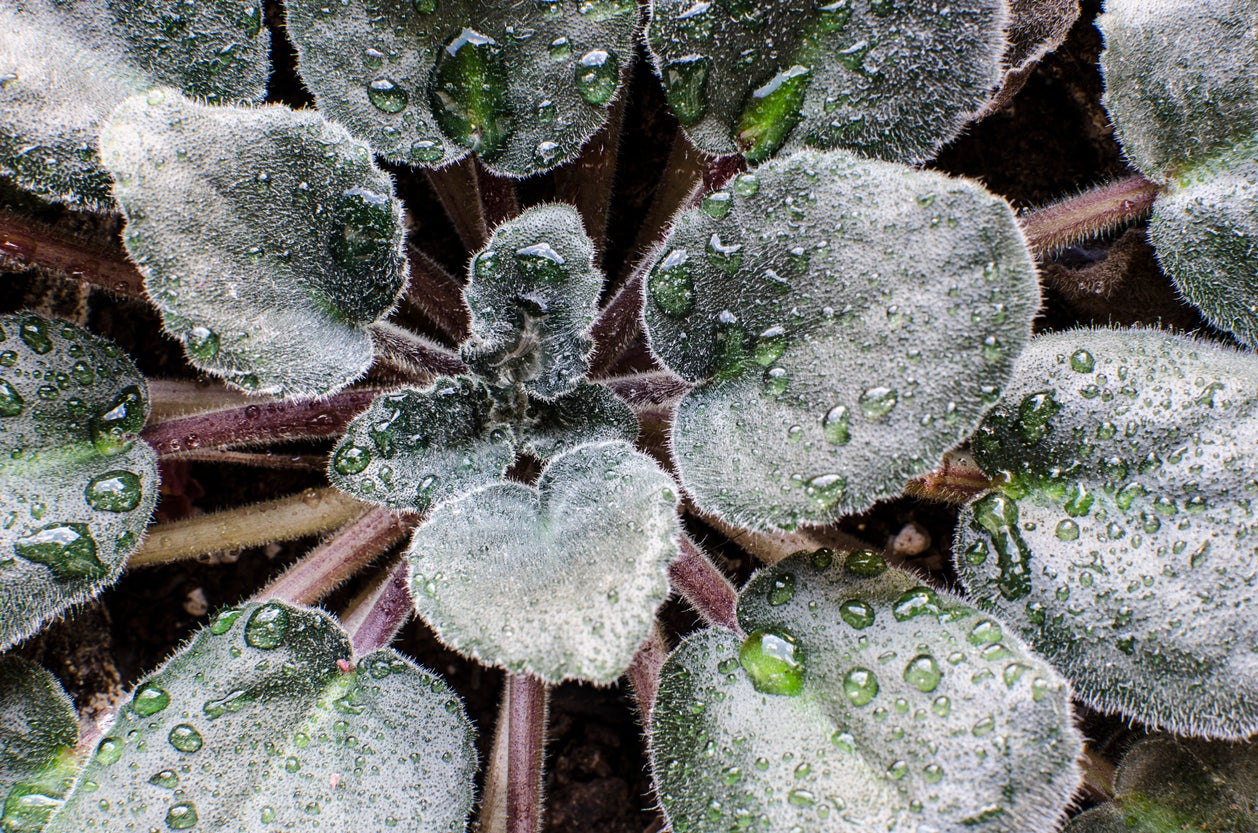 African Violet Watering Guide: How To Water An African Violet Plant
African Violet Watering Guide: How To Water An African Violet PlantWatering African violets isn’t as complicated as you may think. Actually, these charming, old-fashioned plants are surprisingly adaptable and easy to get along with. Wondering how to water an African violet? Click here to learn more about African violet water needs.
By Mary H. Dyer
-
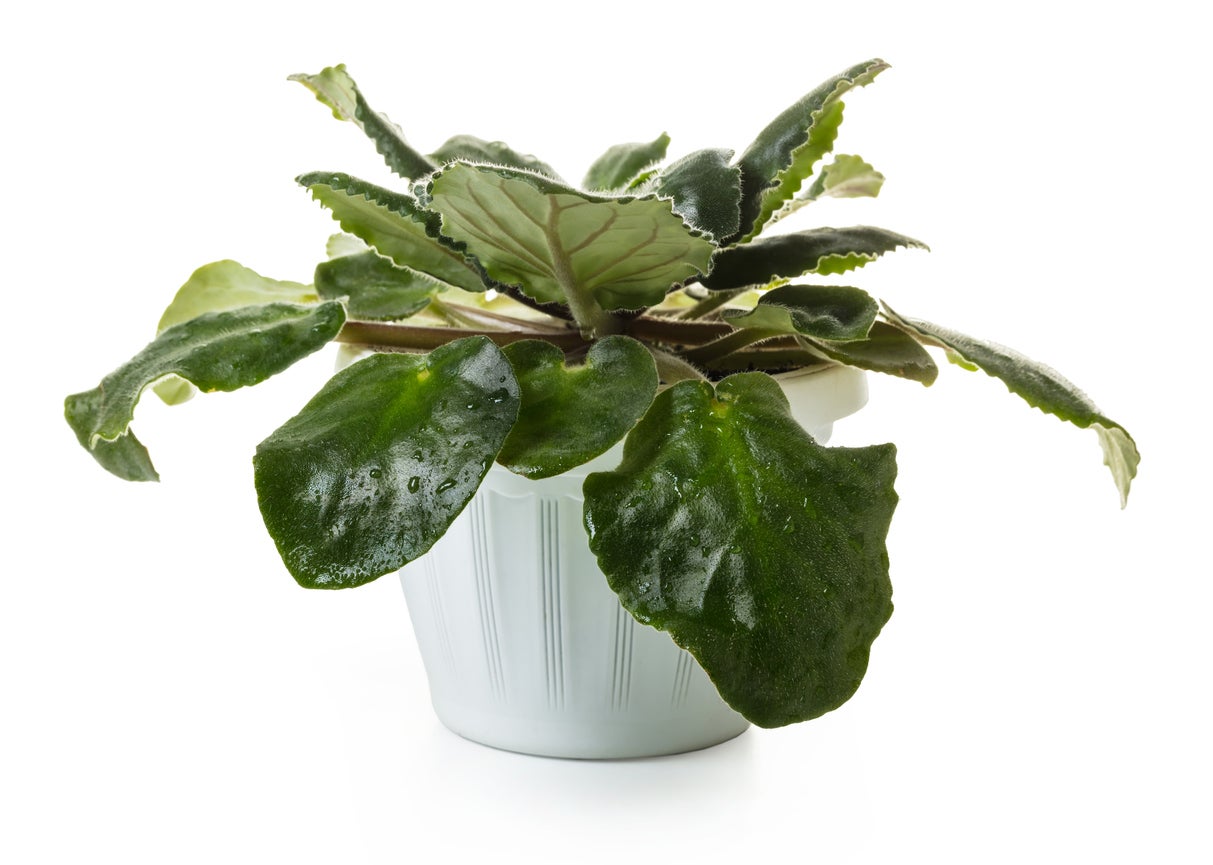 African Violet Leaves Are Curling – What Do Curling African Violet Leaves Mean
African Violet Leaves Are Curling – What Do Curling African Violet Leaves MeanAfrican violets are among the most popular flowering houseplants. But there can be issues with these houseplants. If your African violet leaves are curling, there are a few potential causes and easy solutions. Click this article for more information.
By Mary Ellen Ellis
-
African Violet Nematode Control: Treating Root Knot Nematodes In African Violet
Nematodes of African violet are tiny worms that infest the roots. They are extremely destructive. For information about African violet root knot nematodes, click this article. We’ll also give you tips on African violet nematode control.
By Teo Spengler
-
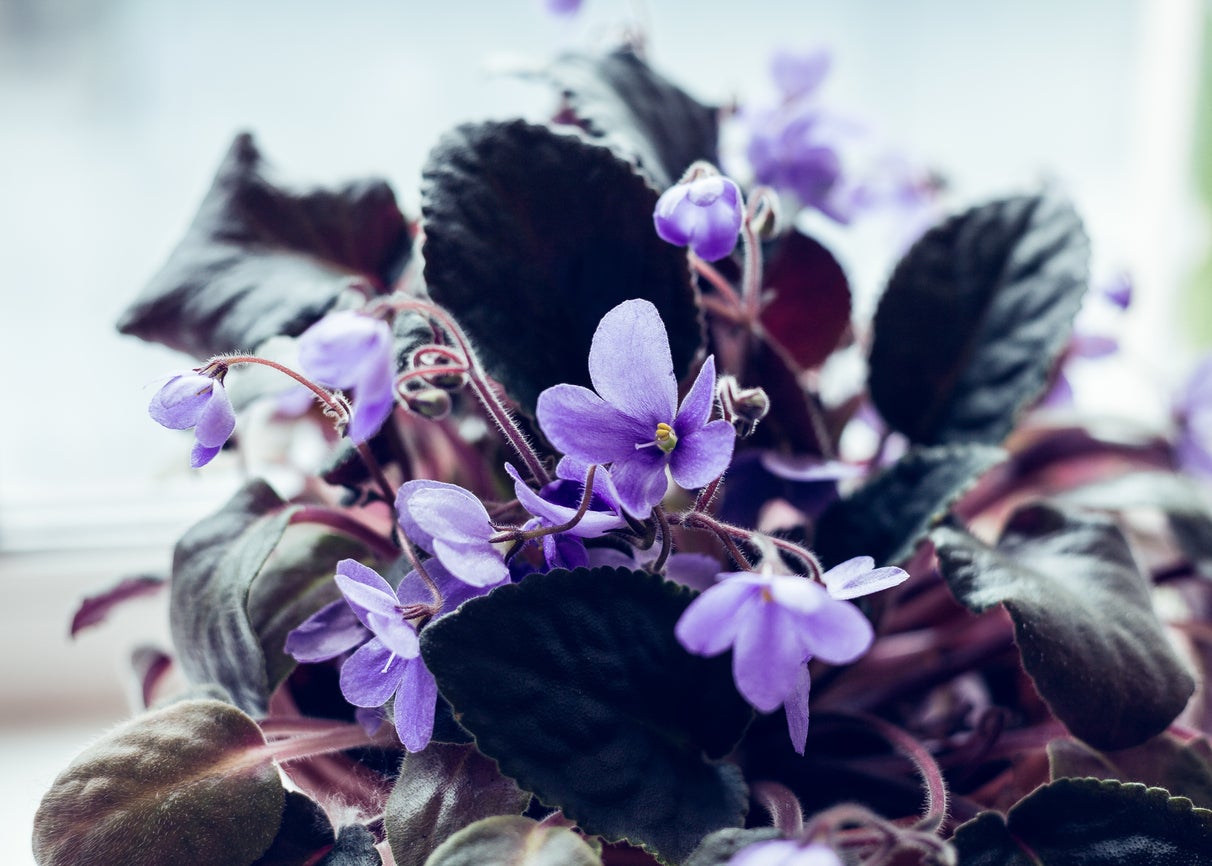 Fertilizing African Violets – Learn How To Feed African Violet Plants
Fertilizing African Violets – Learn How To Feed African Violet PlantsThere are just a few straightforward rules for growing African violets. Water and light needs are two of these, but just as important is how to feed African violet plants. Click on the following article to learn more about African violet feeding.
By Bonnie L. Grant
-
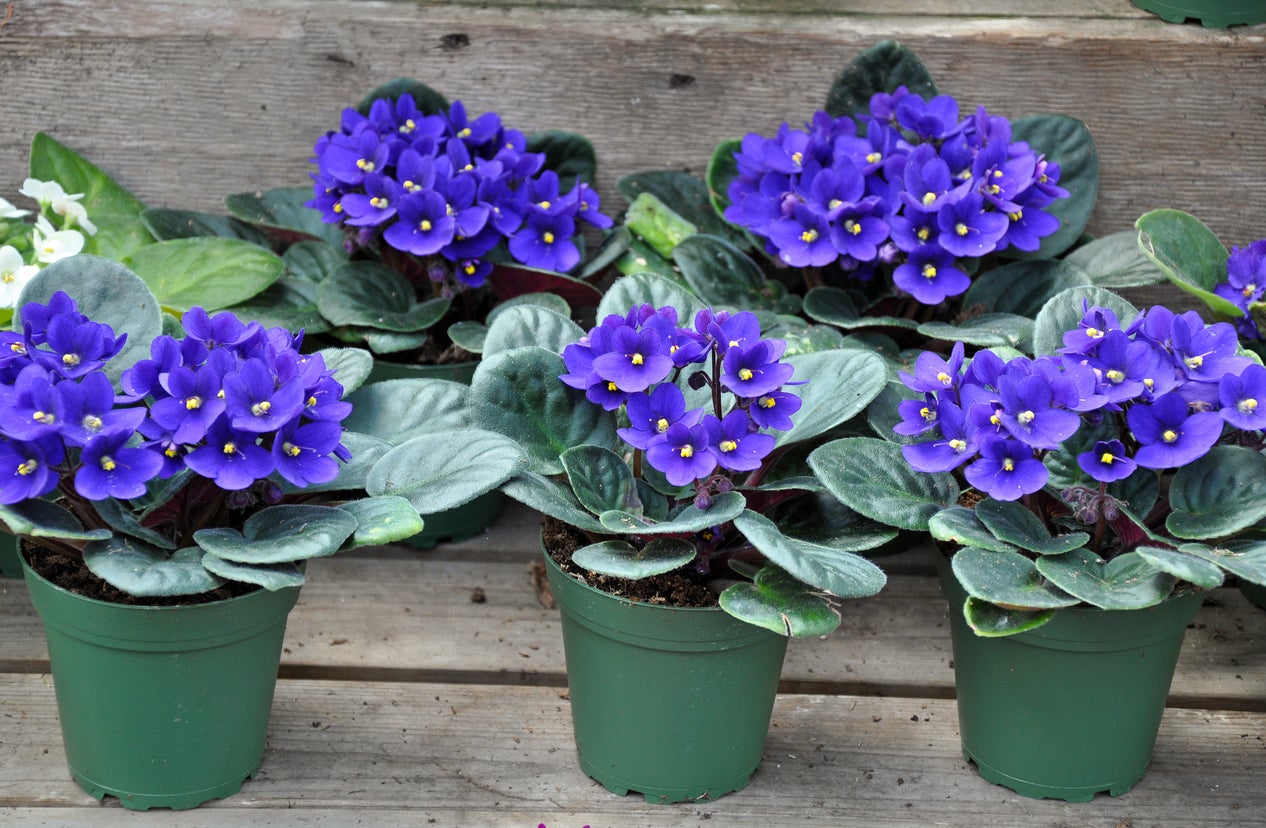 DIY African Violet Soil: Making A Good African Violet Growing Medium
DIY African Violet Soil: Making A Good African Violet Growing MediumSome people think they’ll have issues when growing African violets. But these plants are simple to keep up if you start with the right soil for African violets and the proper location. This article will help provide tips on the most suitable African violet growing medium.
By Becca Badgett